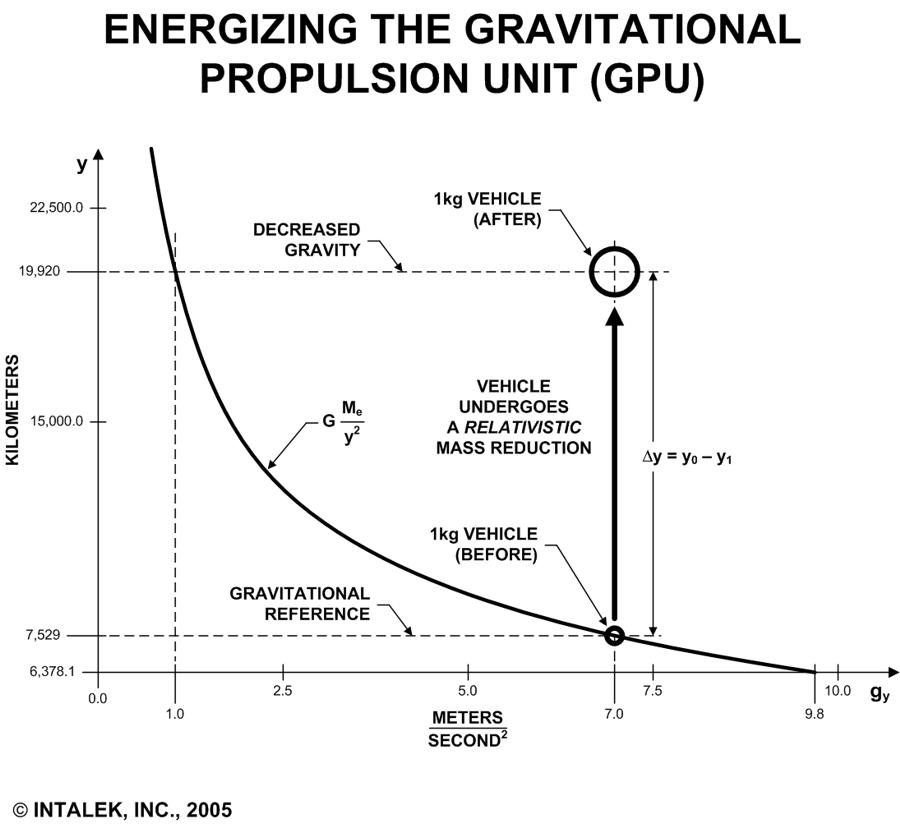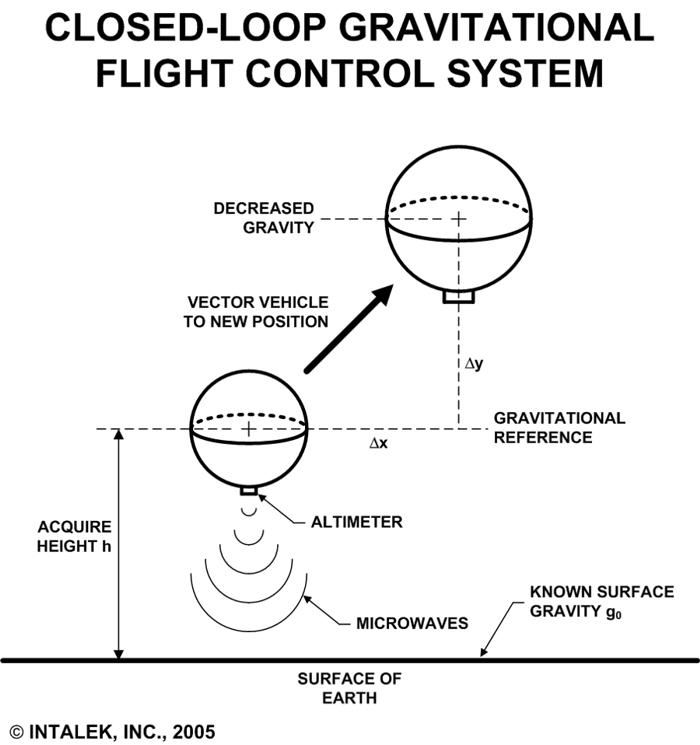![]()
EXPLORING
A METHOD OF TUNNELING
THROUGH VAST DISTANCES OF SPACE
UPDATED: August 10, 2005
"The idea here is that you don't directly manipulate the space between two points, but rather the time it takes to traverse space. You simply shorten the time." -- William Alek, 2004.

Figure 1
A FIELD EFFECT DEVICE: Shown above is a concept vehicle for tunneling through vast distances of space. The first step concerning this exotic propulsion system is the disassociation of tungsten metal. A large quantity of temporal/gravimetric energy is released causing time to speedup within this vehicle. The mass of the vehicle is greatly reduced causing it to seek a new Gravitational Frame. The second step begins by switching off the disassociating process. This amplifies electromagnetic energy present as field energy in the outer hull of the vehicle. This energy can be stored, radiated away, and/or used to power the vehicle. Then, the cycle begins again.

Figure 2
This system is cyclic, and decreases the local gravity field. Mass is converted and radiated away as temporal/gravitational energy during the discharging phase. As a consequence, time runs faster in the proximity of this device. After the discharging phase, local gravity is restored at the new Gravitational Frame, thus returning the device to its original mass minus the disassociated tungsten material. Then, the cycle begins again.

Figure 3
The diagram above shows a Tesla generator, which will be used to disassociate the Tungsten fuel rod. The generator produces a high complex voltage that will cause the electrons due to disassociation to radiate an antigravitational field.

Figure 4
The diagram above shows a 1kg vehicle undergoing a decreasing mass fluctuation at a given
Gravitational Frame of Reference. This system decreases the mass of the vehicle such that it displaces or vectors to a new
Gravitational Frame.
Deactivating this system causes the same vehicle to naturally fall based on universal mass attraction.
Activating an increasing mass fluctuation causes the same vehicle to exceed the natural rate of fall.

Figure 5
The first step for a Gravimetric Flight Control System is to acquire height (h) information in a known gravity (g) field. Once this information is acquired, current curvatures can be calculated. The flight plan determines what the next desired position will be, so, predicted curvatures are calculated and relayed to a Gravimetric Propulsion Unit, or GPU. The GPU energizes, which causes the vehicle to vector to the predicted position.
This system can run "closed-loop" by acquiring new height information and computing the error difference between last predicted position and actual position.
MORE INFORMATION